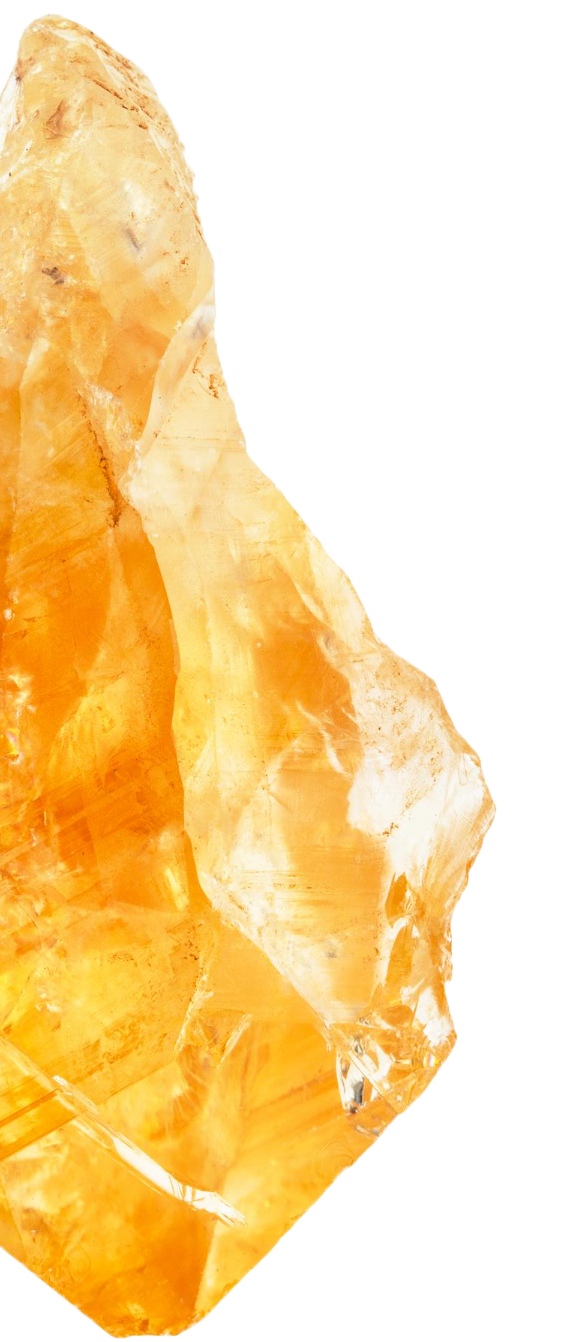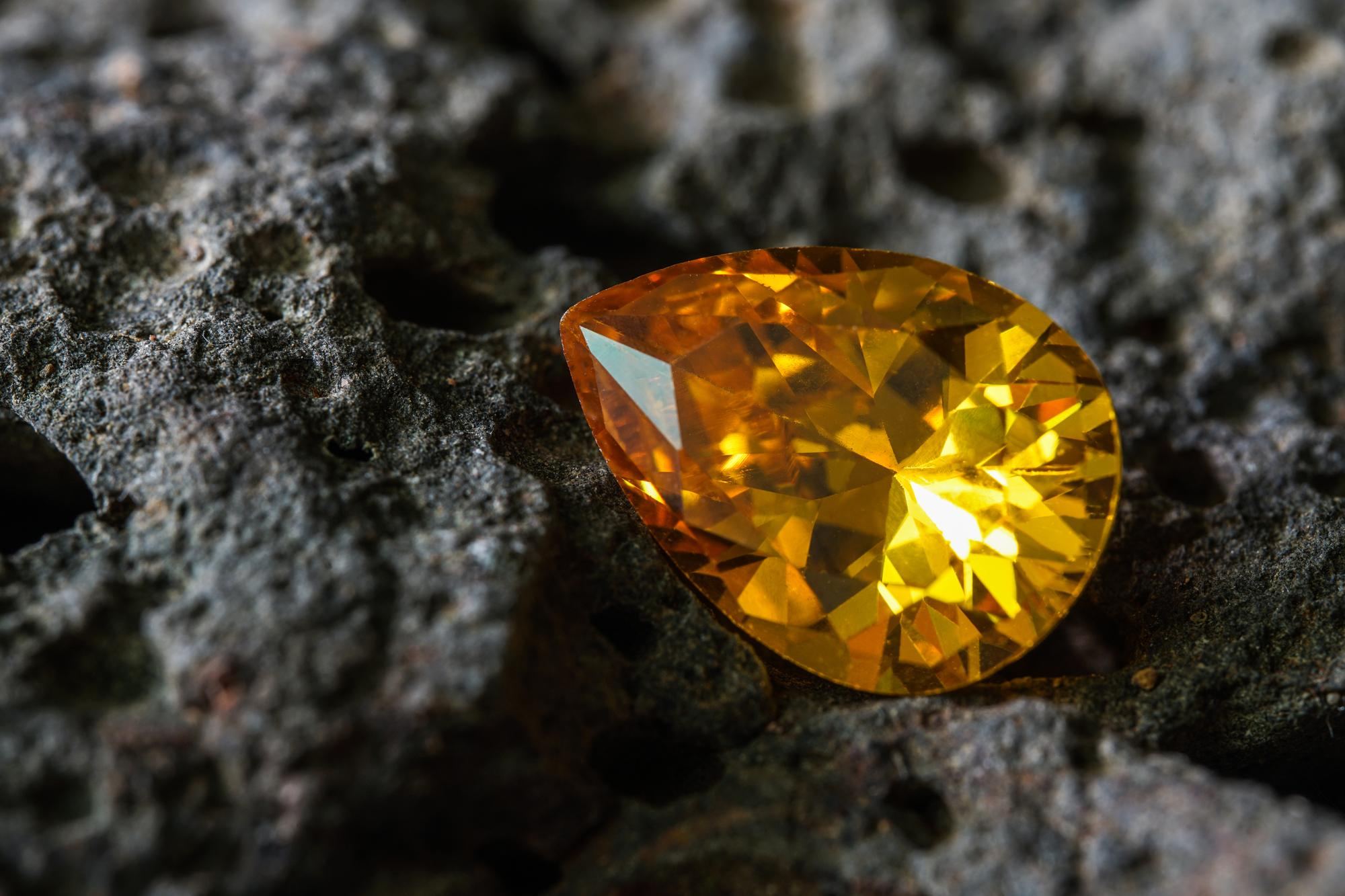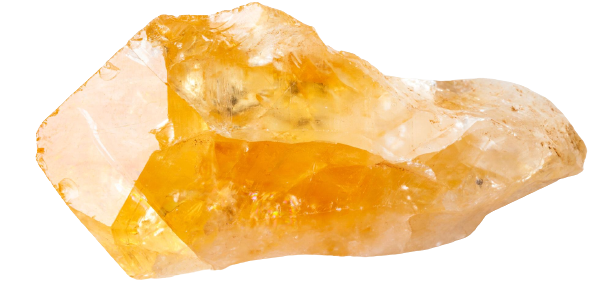Citrine | November
Citrine, belonging to a mineral family closely related to its own, showcases a remarkable spectrum of colors. Exploring the distinct variations in color within this mineral species can offer valuable perspectives.
Citrine: The Majestic Gem of November
As the cosmos weaves its celestial tapestry through the corridors of time, a venerable tradition connects the celestial realm with our earthly existence – the world of birthstones. Guided by visionaries like Flavius Josephus, this ancient practice established a profound link between zodiac constellations and earthly gemstones. Amid the mystic aura of November, Citrine emerges, a gem that not only sparkles but also resonates with the echoes of history and the heartbeat of the universe.
Envision, through the lens of ancient wisdom and modern science, a gemstone born deep within the Earth, crystallizing in the embrace of our planet’s fiery core. Forged by the Earth’s enduring geological forces, Citrine stands as a testament to the strength inherent in souls born in November. Its name derives from the French word “citron,” meaning lemon, signifying its radiant, sun-kissed hues.
Throughout history, Citrine has been celebrated by civilizations across the globe. Ancient cultures regarded it as a stone of abundance and positive energy, believed to bring prosperity and good fortune. It graced the adornments of nobility and found a place in royal jewelry, symbolizing wealth and power.
With a spectrum of colors ranging from delicate lemony yellows to deep, fiery golds, Citrine’s shades mirror the diverse personalities of those born in November. Modern science attributes its color variation to the presence of trace iron impurities, each shade representing a unique facet of its wearer’s character, both scientifically and symbolically.
Beyond its aesthetic appeal, Citrine transcends into the realms of contemporary science. It is cherished for its ability to exude cheerful and uplifting energy, often used in holistic healing practices to promote positivity and clarity of thought. Citrine remains a beloved gemstone, offering a touch of sunshine to those who wear it and a constant reminder that every day can be as bright as the sun itself.
For souls touched by November’s enchantment, why Citrine? Because it’s not just a gem; it’s a radiant connection to the celestial order, a symbol of prosperity, and a vessel for both ancient traditions and modern wonder.
In the embrace of Citrine, one discovers the convergence of age-old traditions, modern revelations, and the eternal rhythm of the cosmos.

Citrine: The Enchanting Gem of November
Color Varieties: Citrine is celebrated for its captivating range of colors, which mirror the bright, cheerful spirit of November. From pale lemony shades reminiscent of autumn leaves to deep, sun-kissed golds, each color variation is a testament to the gem’s connection to the season of abundance and gratitude.
Common Citrine Varieties:
- Lemon Citrine: Exhibiting delicate, lemony hues, this variety is reminiscent of the fruit from which it takes its name, radiating a sense of freshness and positivity.
- Madeira Citrine: The deep, warm shades of Madeira Citrine are reminiscent of the fortified wine it is named after, evoking feelings of comfort and richness.
Formation and Occurrence: Citrine typically forms within the Earth’s crust in various geological settings. It can be found in igneous rocks, sedimentary deposits, and within geodes. Citrine’s occurrence varies across different regions, with Brazil being a renowned source of high-quality specimens, along with other countries like Madagascar and the United States.

Historical Significance: Citrine has a rich historical significance, often associated with themes of joy, success, and prosperity. Across cultures, it has symbolized wealth and abundance, earning its place in ancient jewelry and artifacts as a talisman of good fortune.
Modern Uses: Citrine continues to captivate the hearts of gem enthusiasts in contemporary times. Its vibrant energy and association with positive attributes make it a popular choice in jewelry. Many appreciate Citrine not only for its radiant appearance but also for its believed ability to bring warmth, happiness, and clarity to its wearers. It’s a gemstone that resonates with the themes of November, reminding us to embrace life’s blessings with gratitude.In the world of gemstones, Citrine is a radiant embodiment of November’s spirit, a symbol of abundance, and a source of joy for those who cherish its sunny hues and the positive energy it represents.
Scientific Fact: "Citrine's Geological Significance"

Beyond its exquisite appearance and metaphysical allure, Citrine plays a pivotal role in the realm of geology. This gemstone’s formation and occurrence provide geologists with valuable insights into Earth’s geological history and environmental conditions. Citrine primarily develops in hydrothermal veins, sedimentary deposits, and geodes, commonly found within igneous and metamorphic rocks. This unique geological association positions Citrine as a significant indicator mineral, aiding geologists in unraveling Earth’s past.
Citrine’s enchanting range of colors, spanning from delicate lemon yellows to rich golden tones, emerges due to the presence of iron impurities. These color variations result from the specific geological processes and crystal structure of quartz. Citrine’s formation process is influenced by hydrothermal activities, whereby mineral-rich hot fluids circulate through rock formations, leading to the creation of geodes and other geological structures.
Geologists recognize Citrine as a critical indicator of past geological events. The gem’s presence within certain rock formations offers valuable clues about ancient geological conditions, including the prevalence of hydrothermal processes and the history of mineralization within the Earth’s crust. The study of Citrine in geological contexts helps scientists better understand the evolution of Earth’s landscapes, as well as the history of mineral deposits and their formations.
In addition to its geological significance, Citrine remains a gem of exceptional beauty and metaphysical importance. Bridging the worlds of science, aesthetics, and spirituality, Citrine continues to captivate both gem enthusiasts and geologists alike, embodying the intersection of Earth’s natural history and the radiant energy it imparts to those who appreciate its sunny brilliance.
